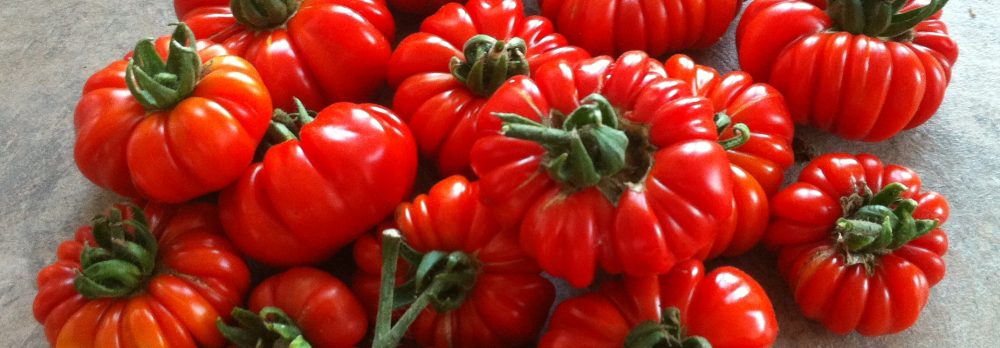Sunday, 27 January 2008
When it’s minus 12 degrees I don’t care how sunny and dry it is, it’s no good for a veggie grower like me. So, it was with relief I left Washington DC on Friday night and having gotten over my jet-lag was able to put in a full and fruitful day on the allotment today.
I am the proud owner of two greenhouses. One at home with a heated propagator chugging along at 22 degrees and a thermostatically controlled fan to keep a minimum temperature of six degrees centigrade in the house itself. The second glass house is on the allotment and unheated. But it was my first port of call this morning. A sprinkling of lime and some fish blood and bone on the empty borders within and I soon had two rows of carrot, (Amsterdam Forcing and a new variety for me, a Nantes type called Heracles. I’ll compare how well they both do. A row of tasty Scarlet Globe radish and a row too of a fast-growing salad spinach called Campania and I was in my element. I thinned and transplanted my Winter Density lettuce so now the greenhouse is full again – and warm too from all that sun we had today.
It was also a good time to prepare my early potato bed. I grow a variety called Accent and they are now happily chitting away in the potting shed at home. To get the bed ready I used one that had grown both cucurbits, a few beans and salad crops late in the year. A good 4-inch thick layer of manure went down which I loosely turned in and then raked roughly level. I then rolled out a layer of black poly, anchored down with bricks. I will plant a double row in the three-foot wide raised bed so I set up two lengths of poly-cloche using my tried and tested wire hoops. Now, over the next couple of months the ground will warm up nicely so when I plant the tubers early in March they should race away to give me crop later in May.
I also prepared my first brassica bed. Pretty easy really. Using a raised bed that had been manured last summer and grown pulses, I sprinkled on a goodly dose of lime and then some fish, blood and bone. The ground had been left fallow since October and with all the wet weather we have had it has become a little leached, hence the lime and organic fertiliser. I then very lightly raked the bed over, being sure not to loosen the soil too much as brassicas like to be planted into firm ground. The spring and summer cabbage I have growing in the greenhouse will be planted out early in March.
A harvest of celery hearts, radicchio, rocket and winter radish for one salad; red cabbage, carrots and celeriac for another and as teh sun went down it was time to wend my weary way home and make supper.
The greenhouse at home is looking good too. The lettuce and brussels sprouts I planted last weekend are already up. Home saved seed is so much more vigorous than bought seed I find. My tomatoes will take a day or two longer before they show themselves and some of the capsicums can take weeks to emerge.
Happy gardening folks. With the days starting to lengthen and the sun beginning to warm the ground it’s a good time to get some cloches erected and that magic black poly on the ground.
